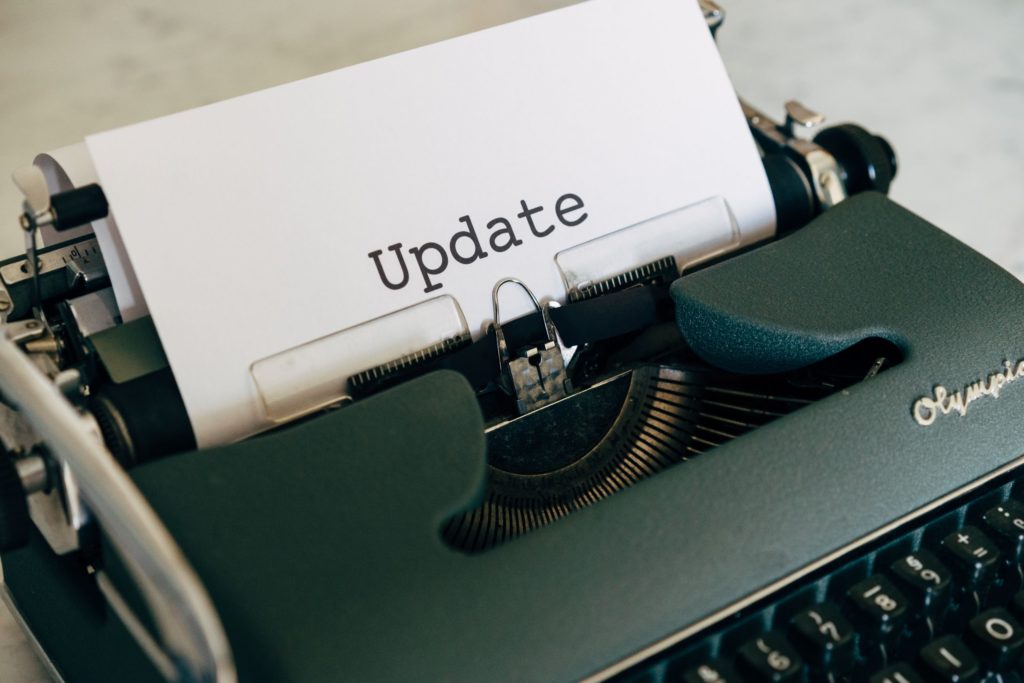先週の WordCamp Europe で、Gutenberg エディターに関するいくつかの興味深いニュースが発表されました。近い将来リリースされる内容を紹介する Gutenberg ハイライト ビデオをご覧ください。
皆さん、どう思いますか?どの機能を最も楽しみにしていますか?以下のコメント欄でお知らせください。

先週の WordCamp Europe で、Gutenberg エディターに関するいくつかの興味深いニュースが発表されました。近い将来リリースされる内容を紹介する Gutenberg ハイライト ビデオをご覧ください。
皆さん、どう思いますか?どの機能を最も楽しみにしていますか?以下のコメント欄でお知らせください。
コメントは受け付けていません。
こんにちは、マーティンさん
申し訳ありませんが、ディレクトリ サイトの場合、Gutenberg はまったく役に立ちません。美しく、よく構造化されたレイアウトが必要です。
いいえ、誰でも自分のやりたいことができるというわけではありません。
ディレクトリプラグインにさらにブロックを追加すると便利です。カスタムフィールド、カテゴリなど
さらにスタイルの可能性も広がります。
本当に素晴らしいディレクトリ プラグインを手に入れましたが、問題は、以前と同様に、すべてのデザインが固定されていることです。
今日はシャドウをどのように使用しましたか?
それが問題だ。地理的なものは素晴らしいですが、実際にはもっと悪いデザインの可能性があります。
これはパテです。実際に完成する前に citadela ディレクトリは制限されています。
デニス
こんにちは、デニスさん
ご意見と素晴らしいアイデアをありがとうございます。私たちはこのことを認識しており、もちろん優先順位に基づいて時間の経過とともに徐々に改善していきます。
良い一日を過ごしてください!
ズラトコ
AITチーム
私は昨年作成したウェブサイトで Divi を使用しています。私の新しいウェブサイトで、gutenburg を使用した Citadela テーマを試してみましたが、非常に感銘を受けました。使いやすいので、この新しいウェブサイトをより早く作成できました。ロードも非常に速いです。今後数か月以内に、WordPress が他のすべてのテーマやページビルダープラグインを追い越すと思います
こんにちはブルーノ、コメントありがとうございます。私もそう思う。 Gutenberg は非常に簡単に使用でき、Web ページを「壊す」ことは事実上不可能です。今後、WordPress ウェブサイトに関しては、これが標準となることは間違いありません。